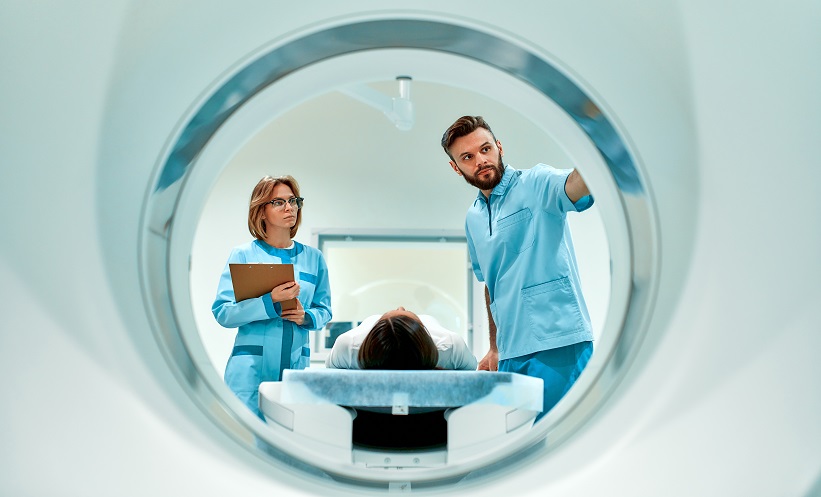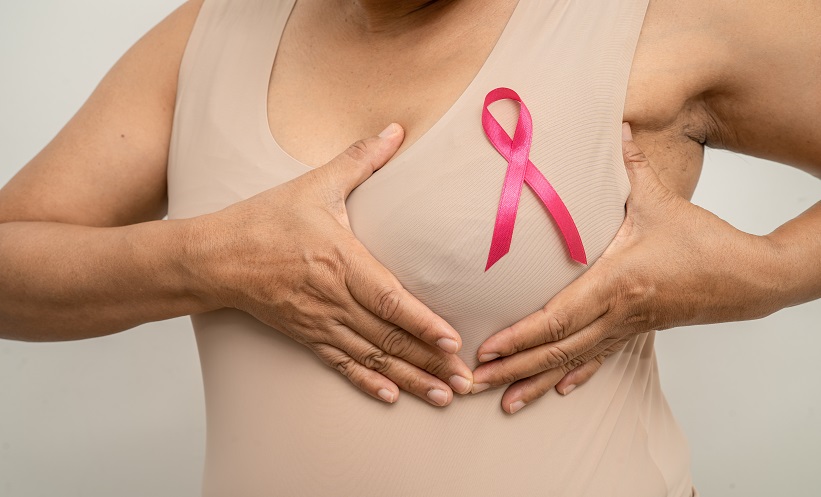A RECENT pilot study has investigated the diagnostic capabilities of next-generation virtual and augmented reality (VR/AR) headsets, comparing their accuracy to that of traditional desktop computer systems for the clinical interpretation of radiologic images. With technological advancements positioning VR/AR headsets as potentially viable tools for radiologic diagnoses, validation of their efficacy for high-resolution, low-luminance imaging, such as in the diagnosis of diverticulitis, is essential.
The study, conducted retrospectively, included 110 patients (average age 64) who had undergone CT scans of the abdomen and pelvis. Among these, 55 cases were confirmed with diverticulitis, and 55 served as control cases. Six experienced radiologists were trained on the Apple Vision Pro headset and the Visage Ease VP viewer app using a preliminary set of ten scans before proceeding with the main testing. Each radiologist reviewed 100 anonymised scans on both the headset and a desktop, assessing diverticulitis severity on a six-point scale. Time taken per case was also recorded, and radiologists subsequently completed surveys evaluating ease of use, experience, and device preference.
Findings indicated that the headset’s diagnostic accuracy was comparable to that of the desktop, with the area under the curve (AUC) scores for diverticulitis detection being 0.93 for the headset and 0.94 for the desktop (p=0.40). However, headset evaluations took longer on average, with a median time of 57 seconds per case compared to 31 seconds on the desktop (p<0.001). Survey results suggested that radiologists found the headset reasonably easy to use (average scores 3.3–5) and reported varied preferences, with average scores for preference between devices ranging from 2.2–3.3.
The findings indicate that VR/AR headsets could one day match desktops in diagnostic effectiveness, though additional improvements in speed and usability are required. As VR/AR technology continues to evolve, its potential for clinical use, particularly in radiology, will likely become more feasible, bridging innovative technology with critical healthcare needs.
Reference
Murphy PM et al. Diagnostic performance of a next-generation virtual/augmented reality headset: a pilot study of diverticulitis on CT. J Imaging Inform Med. 2024;DOI:10.1007/s10278-024-01292-7.








